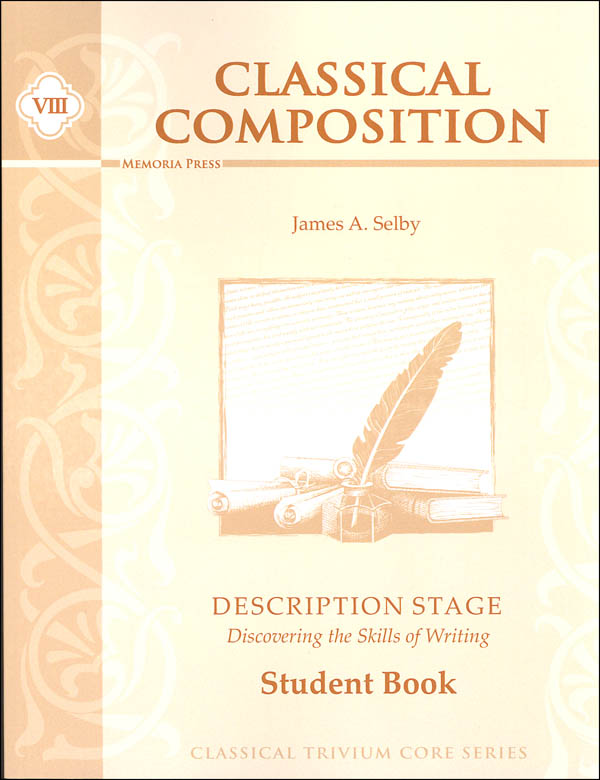


elements in the rhythm that occur the second most often happen only half as often, the third, just a third as often and so forth. The leading music site for worldwide reviews and listings of classical concerts, opera, ballet and dance, 12000 upcoming events, and 200 new reviews each. Of course, everyone simply calls it the New World Symphony. In speaking with the university news group at McGill, Levitin said, this was one of the most unanticipated and exciting findings of our research.Īnother interesting aspect of the research is that because the patterns are based on the power law, the music the team studied shares the same sorts of patterns as fractals, i.e. Officially, the New World Symphony is Antonin Dvoák’s Symphony No. Fur Elise, a three-minute bagatelle is one of the most popular music compositions ever written for the Piano. I have a passion for life,' he had said once while speaking about his spiritual. In solving for beta, the team discovered that they had inadvertently developed a means for calculating a composers unique individual rhythm signature. Beethoven’s Fur Elise And Immortal Beloved. On his success, he used to say it was a God given gift and probably had a connection to his previous births since he had even rendered classical compositions, which he neither understood nor was trained for. And symphonies are generally far more predictable than Ragtimes with other types falling somewhere in-between. Beethoven was the most predictable of the group studied, while Mozart was the least of the bunch. They also found that by adding another variable to the equation, called a beta, which was used to describe just how predictable a given piece was compared to other pieces, they could solve for beta and find a unique number of for each composer.Īfter looking at the results as a whole, they found that works written by some classical composers were far more predictable than others, and that certain genres in general were more predictable than others too. In so doing, they found that virtually every piece studied conformed to the power law. To find out if this is the case, Levitin and his team analyzed (by measuring note length line by line) close to 2000 pieces of classical music from a wide group of noted composers. They have been used to describe the way pitch is used in music as well, but until now, no one has thought to test the idea that they could be used to describe the rhythm of the music too. One-over-f equations describe the relative frequency of things that happen over time and can be used to describe such naturally occurring events as annual river flooding or the beating of a human heart.


 0 kommentar(er)
0 kommentar(er)
